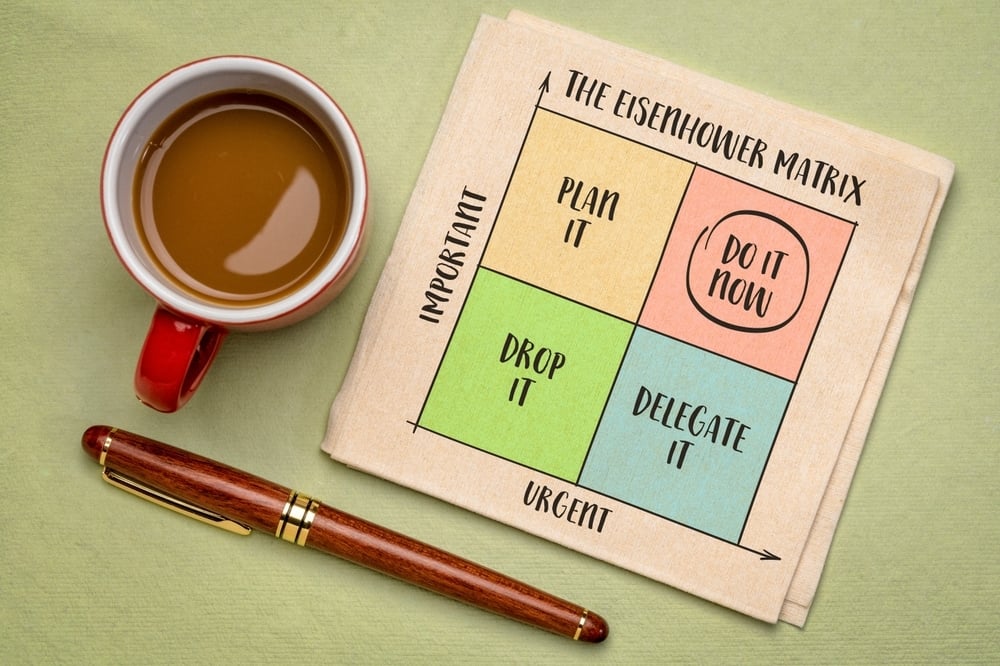
Strategies for Team Alignment and Peak Performance
by The Alternative Board (UK)
Listen to Audio Version:
Are your team aligned and performing highly?
Team alignment and high employee performance are key for the growth of a successful business.
Why is team alignment important?
If the people within a business are not all working towards a common goal, you will struggle to maximise on their productivity. Especially if you’ve got employees not sticking to protocol and their roles are customer-facing. As a result, you will see an impact on brand reputation, and an impact on customer and supplier relationships. So, it is imperative that your team are working towards your company vision together.
What are you missing?
What is it that most business leaders are missing when it comes to getting the most out of their people? Why can’t they get all their employees and teams aligned to the same goals? What is making employees underperform?
Working with business owners around the world, we often find a pattern to why leaders can’t achieve these goals. It’s because they don’t have the right people in the right seats.
This idea isn’t unknown to business leaders as Jim Collins introduced it in his book, Good to Great.
“The old adage people are your most important asset turns out to be wrong. People are NOT your most important asset. The right people are.” - Jim Collins.
By re-evaluating and organising your team, you could see dramatic improvements in your company culture, team morale, and employee motivation.
Business owners might know this, but how can we put Collins’ idea into practice?
To help, we’ve put together this guide on how to organise your people to drive team alignment and high performance.
Driving team alignment and high performance
- Who are the right people?
- How do you find the right people and keep them?
- What are the right seats?
- How do you find a good match?
- "I don't have the right people in the right seats - what do I do?"
Who are the right people?
Fundamentally, the right people are those who agree with, and live out your company’s core values. If you haven’t done so already, you need to define your company values before you hire anyone else. Employees who understand the values, will not only fit in with the team, but will perform highly as they are motivated by what the business stands for. Only hire people who believe in what you do and why.
How do you find the right people and keep them?
One of the crucial elements of an effective recruitment process is to hone your interview skills.
You need to look to hire based on values, not just skill set. Therefore, use your company vision as part of your recruiting effort, and ask questions related to your core values in the interview process. Don’t just ask questions about a candidate’s skills but also situational questions that allow you to evaluate their values and approach to problem solving.
It is also important to keep reiterating your values to your employees to retain them and keep them aligned. During their performance reviews, score them against your values and make comments about where they could improve. It is your responsibility to make sure your team know the core values and live them out in the workplace. By doing this, your team is likely to be better aligned and individuals are likely to feel happier and inspired to be more productive. For more tips, read our guide on how to improve team productivity in the workplace.
What are the right seats?
Don’t just use your current organisational chart. This needs a fresh look at what you need for your business, not only for right now, but also for the future. Look at your company strategy and goals for the next year and decide what roles are needed to meet those goals.
How do you find a good match?
To understand a good match between a seat and a person, you need to be very clear of the answer to this question: who is it you need? Are they already part of your business or do you need to recruit externally?
Define what abilities and skills the person needs before you fill the role. This will save you time and money as you will avoid making a wrong hire. Additionally, if you’ve got the right people in the right seats, it’s likely they all flourish in their roles. By each having a role suited to their ability and skillset, they will be more passionate about the business and its values, leading to high performance and stronger retention rates.
"I don’t have the right people in the right seats - what do I do?!"
Finally, what happens if you discover you’ve got it wrong? That’s okay. There are ways to deal with that. First you need to identify the problem. Is it that you’ve got the right person, but they’re in the wrong seat? Or is it the wrong person in the right seat?
- Right person, wrong seat
This person would share the company’s values, but their role isn’t right for them. They might not meet the requirements, or their ability would be better utilised in a different role. If this happens, it could lead to a lack of contentment in their work and that will affect their performance. You might find there is a ‘right seat’ for them - move them into it. However, if you can't find the right seat, then comes the difficult decision of letting the ‘right person’ go. It’s tough but they shouldn’t be kept in a job that doesn’t suit them nor can your business afford to have them in the wrong seat.
- Wrong person, right seat
It might be that you have someone who can do the job you want, but they don’t share the company values. This can cause many difficulties. They can become a drain on performance, a drain on your management time, and affect the performance of others. As a result, you might see a high staff turnover and malcontent. In most cases, the right decision will be to terminate their employment.
Final tips on team alignment and high performance
To achieve true team alignment, which leads to highly performing employees, you must have the right people in the right seats. Hire and fire based on company values and make sure to communicate to employees continually about what those values are. Be prepared to move employees who might ‘outgrow’ their positions and remember that employees who are a poor fit will negatively impact the culture, mood, and productivity of your business.
The content of this article is based on chapter four of our book ‘Timeless Principles of Exceptional Businesses’. The chapter was written by Jean Cook, TAB Facilitator in Oklahoma, USA.
Related articles

Five reasons why annual performance reviews aren't enough
Most business leaders will give staff annual performance reviews. Find out five reasons why giving more frequent reviews could make your business stronger.

The Way to Avoid Your Daily Grind
Phil Dobson, TAB Facilitator in Derby, discusses how every business owner should have a personal vision and why.

I am a young executive...
Ed Reid, MD of TAB (UK), talks about the sacrifices that come with running a business, but how it's often more fulfilling than corporate C-suite jobs.





